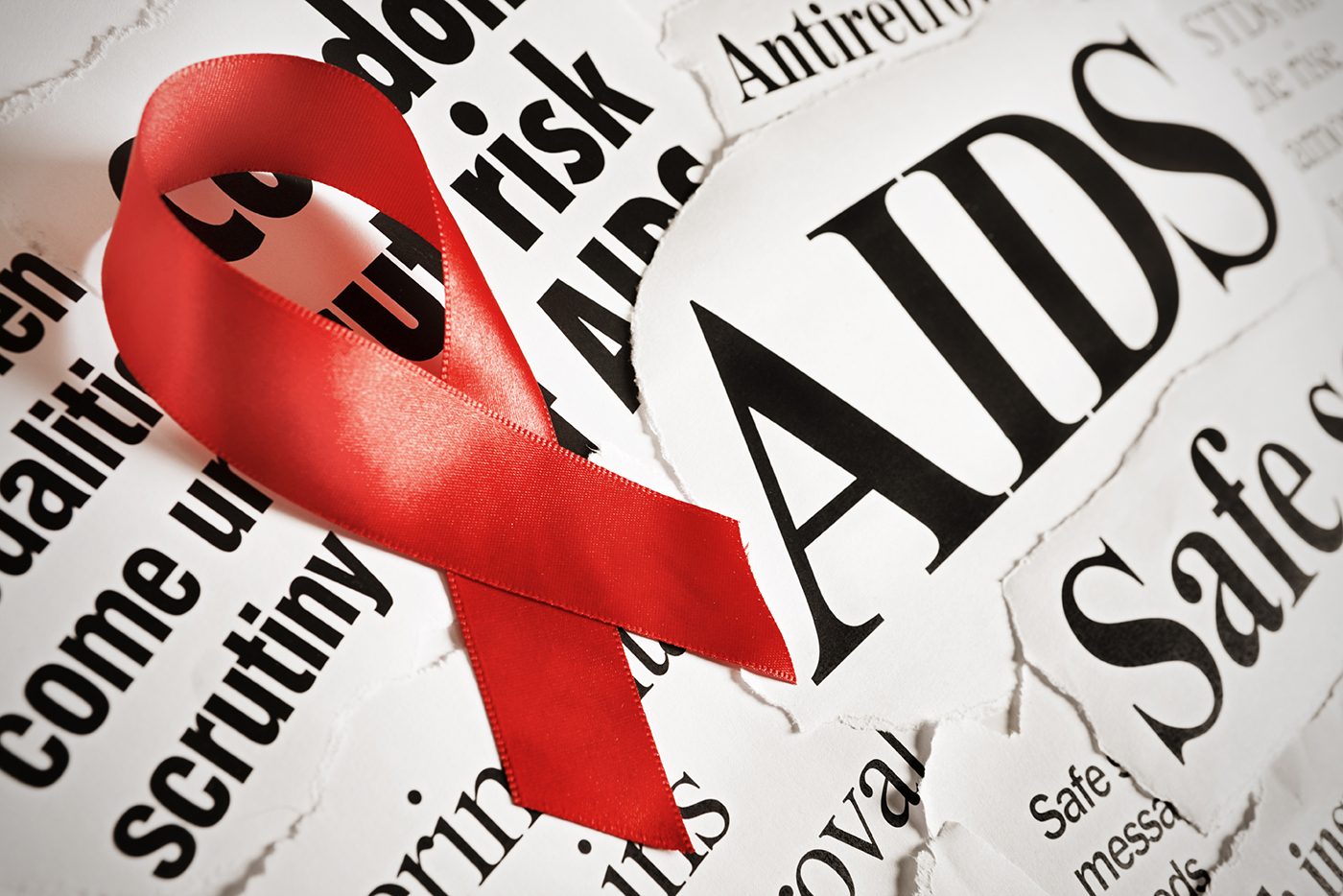
Written By: J. Laura
In 1981, the U.S. Center for Disease Control and Prevention (CDC) published an article in its Morbidity and Mortality Weekly Report (MMWR) which described cases of a rare lung infection in five young, white, previously healthy gay men in Los Angeles. By the time the report was published, two of the men had died. Soon, the article became the first official reporting of the AIDS epidemic among the gay community, HIV Gov reported.
By the end of that year, there were 337 reported cases of the disease in the U.S. — of which 321 were adults/adolescents and 16 were children under the age of 13. One hundred and thirty of them had lost their lives by December 31st of 1981.
According to the AIDS Institute, the history of AIDS started long before it became an epidemic in the U.S. In 1982, public health officials used the term AIDS to describe the mysterious infections, but soon changed its name to HIV (human immunodeficiency virus) based on the name of the virus that causes AIDS.

Scientists found that the source of the HIV infection in humans was from a chimpanzee in West Africa, the AIDS Institute further reported — and came to identify the earliest known HIV infection in a human was from a blood sample collected in 1959 from a man in the Democratic Republic of the Congo.
Joe Wright, a commentator who spent more than 10 years doing AIDS community work in San Francisco in the 1990s, told NPR that before “AIDS was called AIDS, it was called “gay cancer.””
“Because the first people diagnosed with the new syndrome were gay men, some people started calling the disease gay cancer,” Wright explained. “Almost as soon as the phrase was invented, people realized it was inaccurate. Researchers soon found heterosexual adults and then young children with the same syndrome.”
However, gay men were singled out, and blamed for the spread of HIV, reports the National Aids Trust (NAT), which added that, “sensationalist press reporting developed into an anti-gay campaign, and amplified homophobia and the scapegoating of gay men.”
For example, NAT reported in 2003 that a gay cinema projectionist lost his job after his coworkers found out that he was arrested for “gross indecency in a public toilet.” The projectionist was fired because his colleagues mistakenly assumed he was HIV positive.

In a recent study published in 2016, the CDC reported there were an estimated 1,140,000 individuals living with HIV in the U.S. Of which, 648,000 were from male-to-male sexual contact, 298,700 from heterosexual contact, 131,000 from injection drug use, and 58,600 from a combination of male-to-male sexual contact and injection drug use.
Reports from the CDC also indicated that if the current rate of new HIV infections stays constant — around 26,000 cases per year — then it is predicted that the lifetime HIV risks for gay and bisexual men is one-in-six men.
By 1987, the first HIV treatment was introduced; it was called Azidothymidine, also known as zidovudine, Healthline indicated.
By 2010, Healthline reported that there were 20 different treatment options for HIV, some that prevent the transmission of HIV, including antiretroviral therapy — this means that a person living with HIV who is on regular antietrocvieal therapy will not transmit HIV to a partner during sex, Healthline stated.
Antiretroviral therapy, however, is associated with nausea, depression, anxiety, skin tingling, loss of appetite, insomnia, and muscle pains. Patients may use medical CBD to manage these side effects, HIV ATIS — an education and prevention driven organization — reported. Also, HIV has been related to excessive weight loss, but cannabinoid is shown to boost appetite.

AIDS patients have been using cannabis to ease symptoms of the disease for decades, including pain and nausea, reports Julai Alsop of VICE News. In fact, the decriminalization and medical cannabis movements were catalyzed by HIV/AIDS patients, who “fought for their right to use it,”
“Before the AIDS crisis, things had been very quiet for the medical marijuana movement,” Ethan Nadelman, Director of Drug Policy Alliance told Vice News.
In fact, The Washington Post reported that an “underground network of AIDS patients [was] passing the word about the drug’s medical benefit,” in 1990.
A medical benefit indeed as shown in a 2019 study published by the BMJ Open journal which consisted of 26 individuals living with HIV who were randomized to receive TN-TC11LM (THC:CBD in 1:1 ratio) or TN-TC19LM (THC:CBD in 1:9 ratio) capsule for 12 weeks.
Results showed that people who combined THC:CBD “in a one-to-one ratio or a 1:9 rations and the antiretroviral drugs saw an improvement in their CD4+T-cell count; [the cells] are white blood cells that fight the infection,” CBD Clinicals reported.
The study also explained that because “cannabinoids possess both anti-inflammatory and antifibrotic properties, cannabinoids may represent a feasible method to reduce immune activation and enhance immune profile.”
Further research, including a study conducted by the Journal of Pain and Symptom Management, suggests that a majority of HIV positive patients found that cannabis improved their symptoms.
The journal reported: “A lack of appetite was the most frequent symptom reported and 97% experienced improvement with cannabis use,” . “Pain was the next most frequent, being present in 45% of patients and improved in 94% of them.”
The study indicated further that half or more patients with symptoms of nausea, anxiety, nerve pain, depression, tingling, numbness, weight loss, headaches, tremor, constipation, and tiredness showed significant improvement after using cannabis.
This disease has affected millions of lives. As for the authors of the BMJ Open’s study, they wish to see change in the landscape and, “foster more research into cannabis’ therapeutic potentials.”
Study Suggests CBD Reduces Drug-Induced Cravings and Anxiety



Leave a Reply